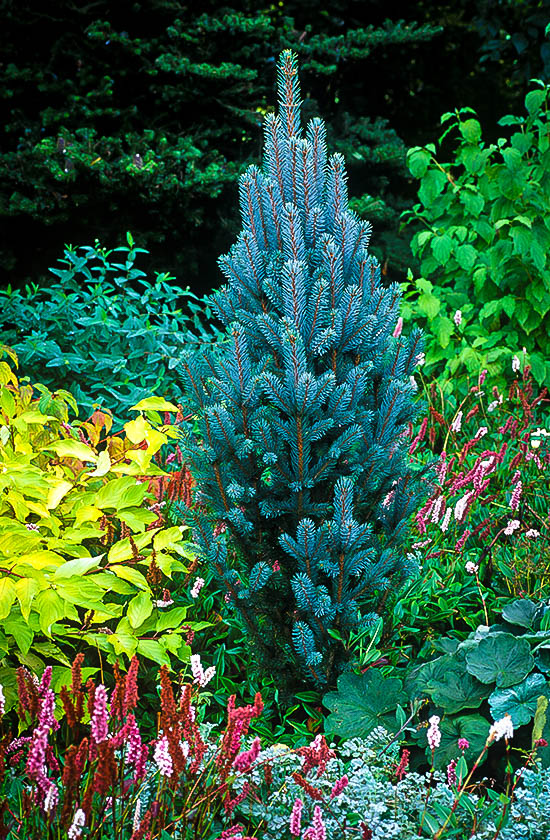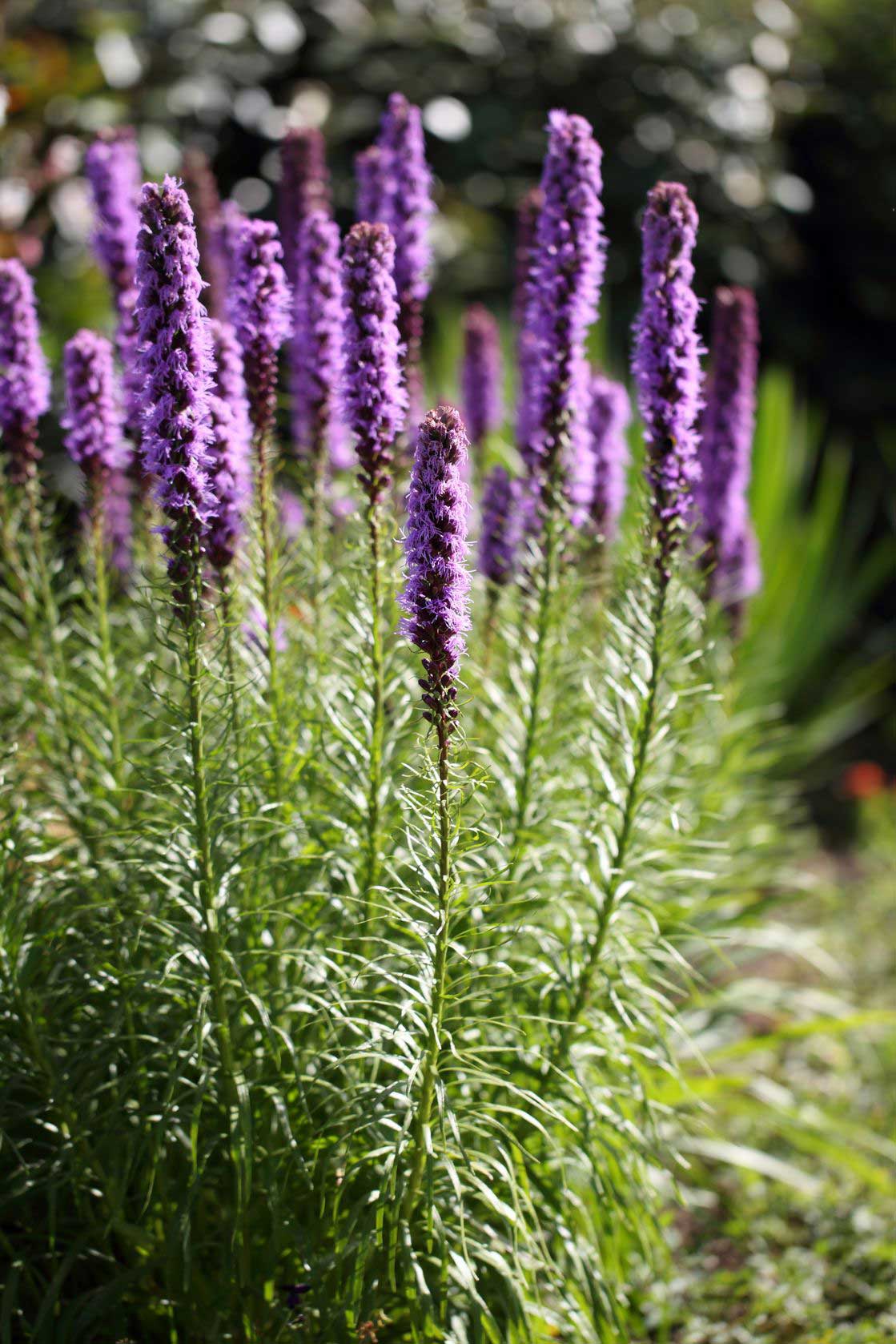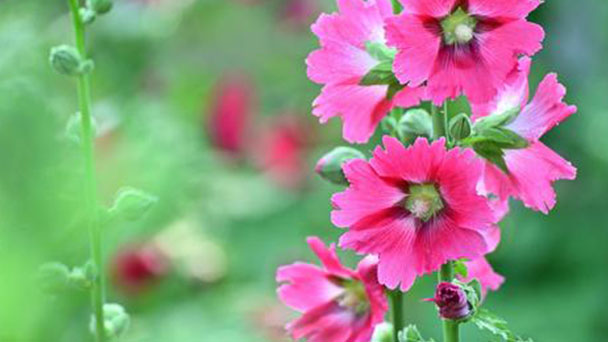Today’s topic is When To Plant Hollyhocks In Colorado. Obviously, you can find a great deal of When To Plant Hollyhock Seeds In Colorado-related content online. The proliferation of online platforms has streamlined our access to information.
There is a connection between the when to plant hollyhocks in colorado and Do Hollyhocks Come Back Every Year information. more searching has to be done for When To Plant Hollyhock Seeds Zone 9, which will also be related to when to plant hollyhocks in colorado.

10 Tips for When To Plant Hollyhocks In Colorado | When To Plant Hollyhock Seeds In Colorado
- Most hollyhocks are biennials, which means they produce vegetation in their first year, and flower in their second year, before completing their life cycles. In some conditions, hollyhocks will flower for several years, where they are considered short-lived perennials. If you enjoy having hollyhocks reappear year after year, you needn’t be concerned by their short life span, as they are able to reseed without any intervention. - Source: Internet
- In general, hollyhocks are not toxic if ingested by people or animals, but they can cause skin irritation for any person or animal that comes in contact with them. This can result in redness and itching on the skin and irritation in the mouth if they are ingested. It is recommended that you keep hollyhocks out of reach of curious pets and children, and wear protective gloves when handling these plants. - Source: Internet
- The majority of hollyhocks species are biennials, meaning they have a two-year lifespan. Depending on how early in the spring they are planted, some varieties will flower in their first year. Others will flower in their second year, then die away. However, because hollyhocks are self-propagating (seeding the ground around them once their flowers die) many people believe their hollyhocks are perennials. If you would like hollyhocks in your garden consistently, allow the plants to self-seed. - Source: Internet
- Yes, there are roughly 60 different species of hollyhocks, most of which are native to Asia and Europe. There is one species, the streambank wild hollyhock, that is native to North America. Different species feature different colored flowers. For example, ‘Blacknight’ has dark purple flowers that are almost black; ‘Fiesta Time’ has bright pink flowers; ‘Queeny Purple’ has bright purple flowers, and ‘Chater’s Double’ come in a variety of colors, including salmon, yellow, white, and red. - Source: Internet
- The most common diseases for hollyhocks are hollyhock rust and powdery mildew. These are both fungal diseases caused by too much humidity on the leaves and can be prevented by watering at base level, making sure there is good air circulation, and removing debris from around the plant. These diseases spread quickly, so immediately remove infected leaves or the entire plant, if necessary. Japanese beetles, hollyhock weevils, and sawflies are the most common pests that bother hollyhocks and can usually be treated with insecticidal soaps or beetle traps. Hollyhocks are resistant to deer and rabbits. - Source: Internet
- Tall and graceful with brightly colored flowers, hollyhocks, or Alcea rosea, are a classic garden staple. Most of this genus’ 60 species are wildflowers native to Asia and Europe, but hollyhocks have taken well to being grown in North America. While these plants are susceptible to some diseases and pests, overall they are easy to care for and reward attentive gardeners with beautiful blooms throughout the growing season. Other notable hollyhocks characteristics include: - Source: Internet
- When the temperature reaches the top end of the scale and gets much warmer than 85º F, you will need to pay extra attention to watering your hollyhock, as the soil will dry out more quickly in this heat, and maintaining moist soil is vital for hollyhocks in hot climates. In very hot climates, you should ensure the plant is shaded during intense afternoon heat so that the plant doesn’t overheat. Also, take care to protect the plant from wind by positioning it in a sheltered location. - Source: Internet
- Generally speaking, hollyhocks are sun-loving plants that require about six hours of sunlight each day to bloom. However, the type of sun an individual plant should receive depends on the climate in which it is planted. Hollyhocks will get scorched and wilt in extreme heat, so if you live in a location with summer temperatures that consistently exceed 85 degrees Fahrenheit, it is best to plant your hollyhocks in a location where they will receive shade during the hottest part of the day. - Source: Internet
- To allow the hollyhocks to reseed and produce future years of plants, simply refrain from deadheading the flowers until the seeds have dropped and dispersed. If you’d like more control over where the seeds get planted, you can harvest the seeds from the spent hollyhock flowers and sow them yourself. They can be sown indoors over winter ready for transplanting outside in spring, or you can sow them directly into the ground in spring. - Source: Internet
- Hollyhocks can typically grow in temperatures ranging from 55 degrees Fahrenheit to 90 degrees Fahrenheit. If you live in a climate with near-freezing or freezing winter temperatures, mulch the soil around your hollyhocks to insulate dormant roots. Meanwhile, if summer temperatures are consistently above 90 degrees Fahrenheit, water your hollyhocks frequently to ensure their soil stays moist, and position them where they will have shade from afternoon sun. Hollyhocks do not like humidity, which can cause diseases. - Source: Internet
 Following are some suggestions on where to begin your search for data on Do Hollyhocks Self-Seed:
You should try to find Do Hollyhocks Self-Seed-related information from reputable places. Libraries, online resources, and even paid journalists all fall under this category.
Following are some suggestions on where to begin your search for data on Do Hollyhocks Self-Seed:
You should try to find Do Hollyhocks Self-Seed-related information from reputable places. Libraries, online resources, and even paid journalists all fall under this category.It’s crucial to be aware of the many electronic media sources available when researching Facebook, such as Google and YouTube. You may also get info about when to plant hollyhock seeds in colorado on social media sites like Facebook and Twitter.
Video | When To Plant Hollyhocks In Colorado
It’s crucial to read to examine the authenticity of each source in order to acquire the greatest information regarding When To Plant Hollyhock Seeds Zone 9. You’ll learn more about When To Plant Hollyhocks In Texas after watching the films included in this post, which come from a variety of different sources. Information on a wide range of topics may be easily accessed via the internet.
## Notable features of When To Plant Hollyhock Seeds Zone 9 include:- When To Plant Hollyhocks In Colorado
- When To Plant Hollyhock Seeds In Colorado
- When To Plant Hollyhocks In Texas
- How Deep To Plant Hollyhock Seeds
- When To Plant Hollyhock Seeds Zone 5

Because there are so many websites and forums that provide information about Do Hollyhocks Come Back Every Year, it should not be difficult for you to locate the data that you want.
The majority of individuals are accustomed to taking a completely different approach when it comes to obtaining information regarding Growing Hollyhocks In Containers. This makes it possible to take a more in-depth look at the information that is available about When To Plant Hollyhock Seeds In Colorado and how it might be utilized.

methods for producing information displays about Do Hollyhocks Come Back Every Year that are both aesthetically pleasing and functional. In commercial and marketing settings, as well as for the purpose of conveying information on Hollyhocks for Sale - Buying & Growing Guide, they are useful tools to have. Because of this, we also supply some photographs relating to Hollyhocks for Sale - Buying & Growing Guide.
In summing up, I’d like to say that this article offers a general summary of Growing Hollyhocks In Containers. Also covered are when to plant hollyhock seeds in colorado and When To Plant Hollyhock Seeds In Colorado, which serve as a benchmark for evaluating the depth of your understanding of when to plant hollyhock seeds in colorado.